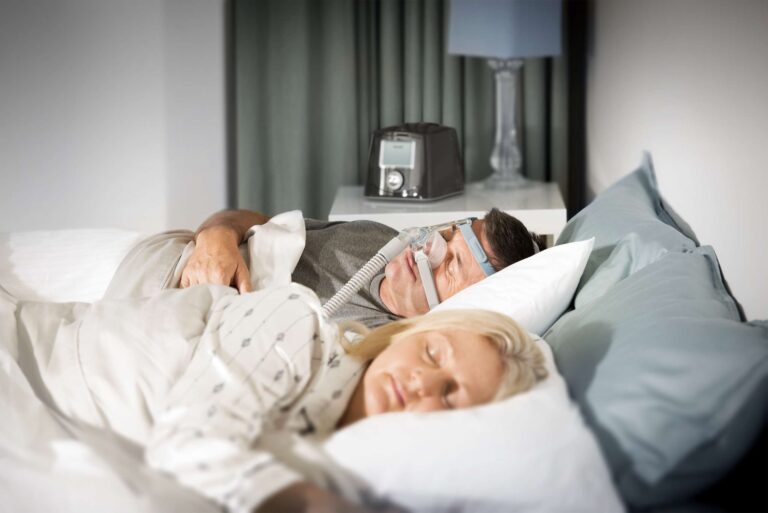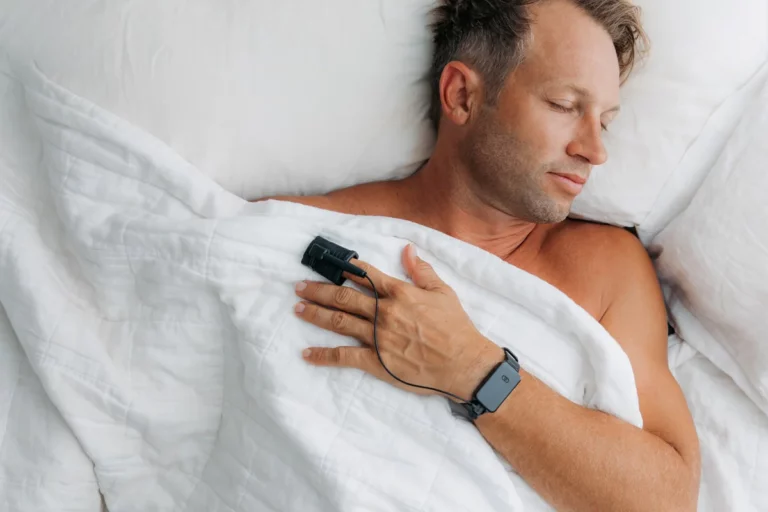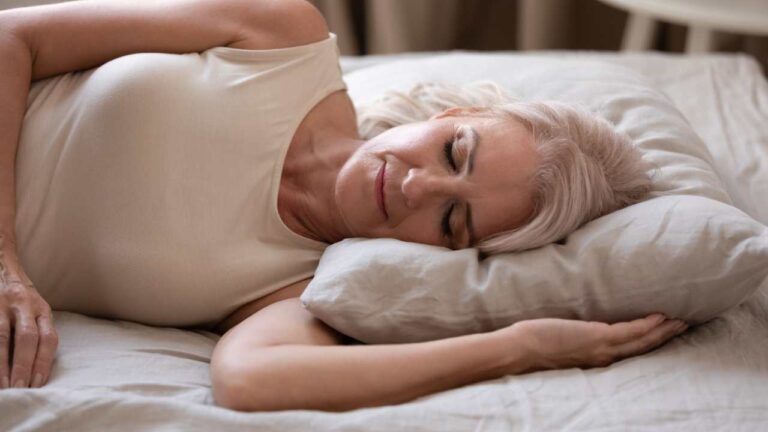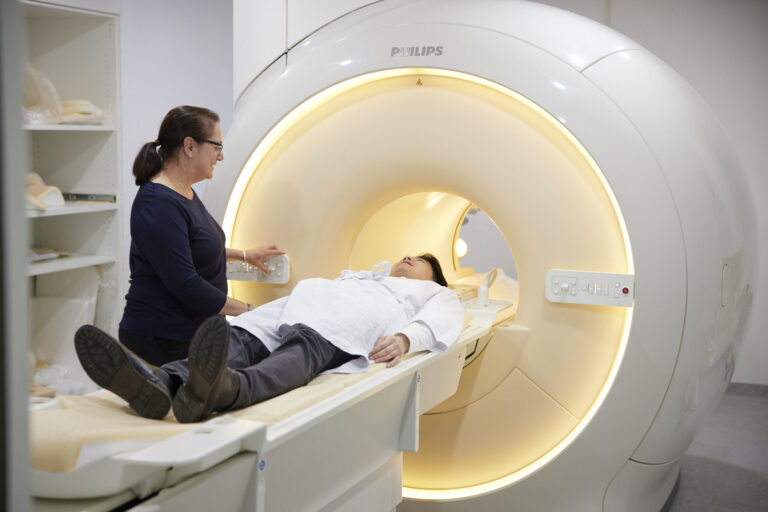Living with the CPAP Mask – How to get a Better Experience
When you feel hesitant about wearing the CPAP mask to sleep, you are not alone in that struggle.
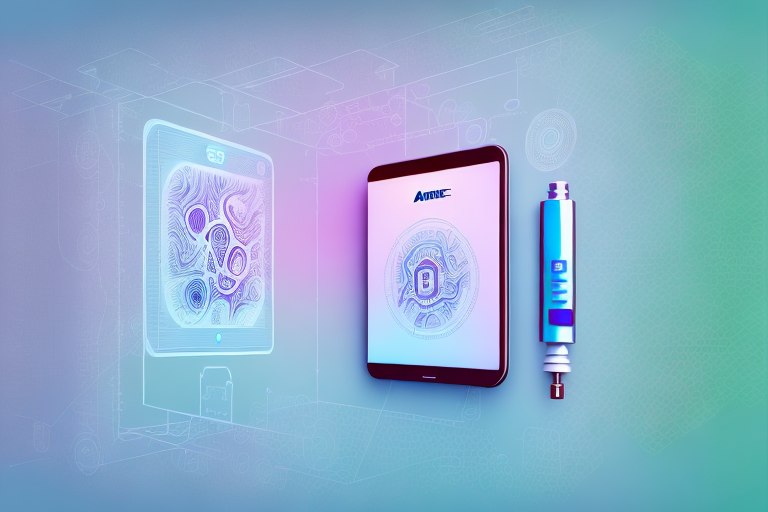
CPAP Therapy
Tips to Find the Best Therapist for Your Sleep Apnea
Sleep apnea is known to be a minor health disorder when it is at a mild level. However, it can become a huge problem when left untreated for a long time. Indeed, severe sleep apnea can pose life-threatening risks to your health and stop you from excellently performing your daily activities.
- Look through your provider network
- Explore your local resources
- Determine your needs and goals
Smart Notification
Handy tips on CPAP masks
Disposable CPAP masks are not yet available, however. By utilizing disposable cpap masks filters, which keep dirt out of your cpap mask, you can breathe clean air instead.
In addition to the lack of a disposable CPAP mask, you also have to deal with cleaning the hoses and numerous compartments on the CPAP mask. If cleaning your CPAP mask makes you unhappy, a new sleep apnea therapy alternative could.
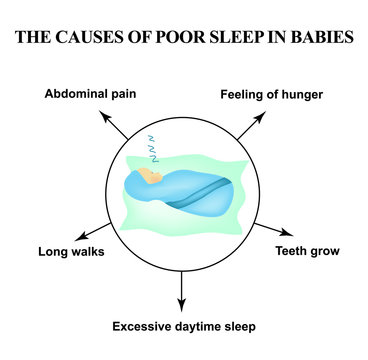
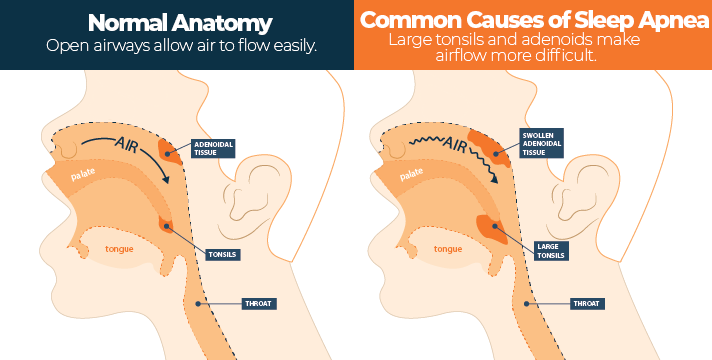
Latest from blog
Factors that make wearing a full-Face mask uncomfortable
The cushions on the nasal mask were made of silicone to make wearing it more comfortable. On the other hand, those who already have sensitive skin may experience irritation as a consequence of this. In a similar line, it’s possible that some people have allergies to silicone.










